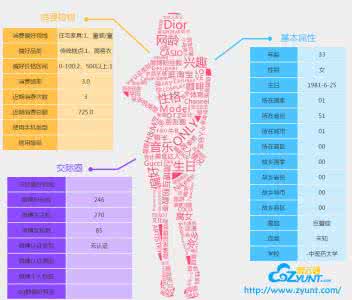Shadow banning consists for an online social network in limiting the visibility of some of its users, without them being aware of it. Twitter declares that it does not use such a practice, sometimes arguing about the occurrence of "bugs" to justify restrictions on some users. This paper is the first to address the plausibility or not of shadow banning on a major online platform, by adopting both a statistical and a graph topological approach. We first conduct an extensive data collection and analysis campaign, gathering occurrences of visibility limitations on user profiles (we crawl more than 2.5 million of them). In such a black-box observation setup, we highlight the salient user profile features that may explain a banning practice (using machine learning predictors). We then pose two hypotheses for the phenomenon: i) limitations are bugs, as claimed by Twitter, and ii) shadow banning propagates as an epidemic on user-interactions ego-graphs. We show that hypothesis i) is statistically unlikely with regards to the data we collected. We then show some interesting correlation with hypothesis ii), suggesting that the interaction topology is a good indicator of the presence of groups of shadow banned users on the service.
翻译:禁止影子是一个在线社交网络, 限制某些用户的可见度, 而他们没有意识到这一点。 Twitter 宣布, 它不使用这种做法, 有时会争论“ 错误” 的发生来为限制某些用户辩护。 本文首先通过统计和图示地形学方法, 解决在主要在线平台上禁止影子的可信任性或非影子问题。 我们首先开展广泛的数据收集和分析活动, 收集用户概况的可见度限制( 我们爬升超过250万)。 在这样的黑盒观察装置中, 我们强调用户特征特征特征, 这可能解释禁止的做法( 使用机器学习预测器 ) 。 我们然后为这一现象提出两个假设: 一) 限制是推特所声称的错误, 和二) 影子禁止作为流行病在用户互动自我图表上传播。 我们显示, 假设i 与我们收集的数据相比在统计上是不太可能的。 我们随后展示了与假设的某种有趣的关联性。
相关内容
- Today (iOS and OS X): widgets for the Today view of Notification Center
- Share (iOS and OS X): post content to web services or share content with others
- Actions (iOS and OS X): app extensions to view or manipulate inside another app
- Photo Editing (iOS): edit a photo or video in Apple's Photos app with extensions from a third-party apps
- Finder Sync (OS X): remote file storage in the Finder with support for Finder content annotation
- Storage Provider (iOS): an interface between files inside an app and other apps on a user's device
- Custom Keyboard (iOS): system-wide alternative keyboards
Source: iOS 8 Extensions: Apple’s Plan for a Powerful App Ecosystem





